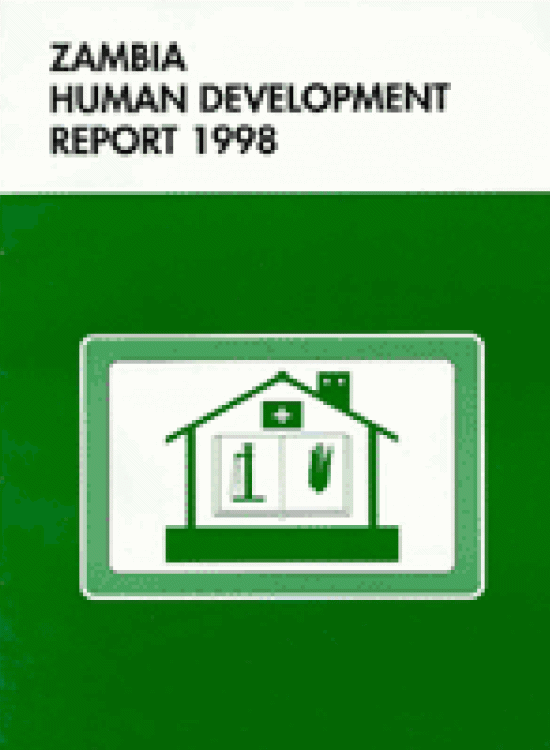Provision of Basic Social Services

Citation
Omoefe Oyaide - Coordinator, V.Seshamani - Consultant, Irene Kamanga - Consultant, Ackim Jere - Consultant. 1998. Provision of Basic Social Services. New York.
Provision of Basic Social Services
Posted on: January 01, 1998
The second ZHDR produced in 1998 focused on the Provision of Basic Social Services and showed that the provision, access and use of basic social services in Zambia was inadequate and that the state of the basic services such as education, health, water and sanitation had sharply deteriorated.
The Report brought out the highly deteriorated state of the social sectors and the inadequacy in the provision, access and use of basic social services. The impact of such inadequacy was particularly felt in the rural areas where 55% of the population is illiterate compared with 27% in the urban areas. Only 52% of households had access to health facilities within a 5-kilometer distance compared with 100% in urban areas and only 27% of households had access to safe water compared with 85% in urban areas.
Besides rural-urban inequality, the Report also highlighted other forms of inequality that exist, based on income, gender and geographic locations in terms of centrality. The Report supplemented the 1997 Human Development Index and Human Poverty Index calculations with calculations of the Gender Empowerment measure (GEM) and the Inequality-Adjusted Human Development Index (IAHDI). It was noted that while the HDI value had marginally improved between 1990 and 1996, the IAHDI had declined during the same period, clearly demonstrating the impact of inequality on human development in Zambia. The report also calculated a new Index of Participation (IoP) that measures the changes in the levels of peoples’ participation over time. This index is shown to have declined between 1990/91 and 1995/96.

